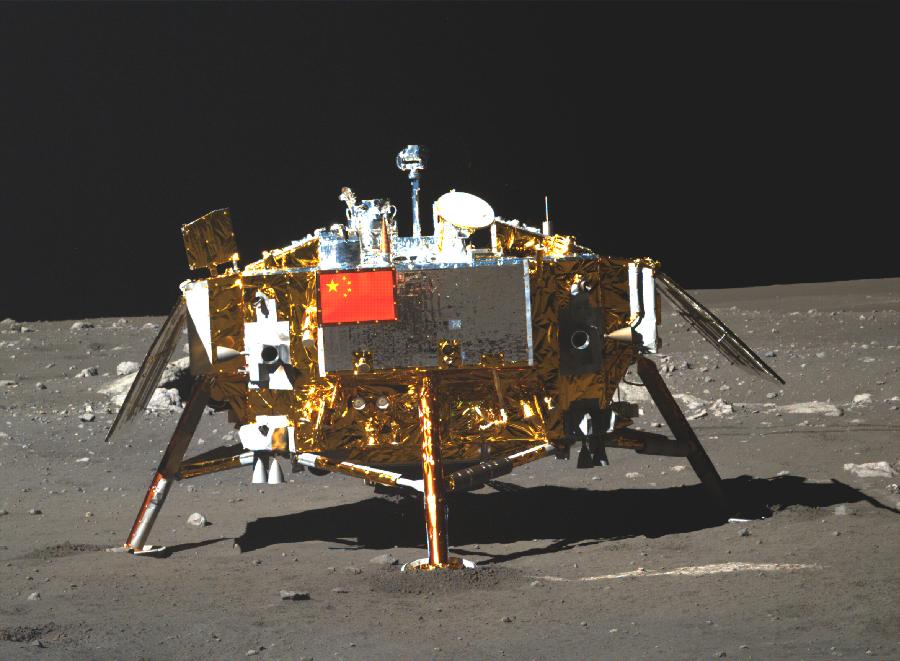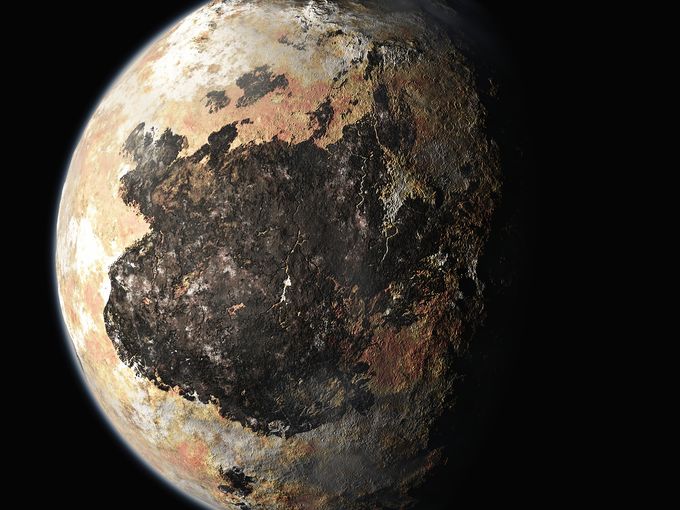As more new discoveries about Pluto come from the New Horizons spacecraft flyby, China has announced a mission closer to earth. The nation plans to begin exploring the far side of the moon starting in 2018 at the earliest.
“The country submitted their preliminary report to the United Nations Office for Outerspace Affairs indicating that it has plans of launching an unmanned mission to the moon with the spacecraft Chang’E-4 by 2018 or 2019. The probe will lay the groundwork for what would be China’s lunar base,” reports Rachel Cruz for Headlines and Global News.
Back in 2013, China successful pulled off its first moon landing. The nation’s moon lander, Chang 3 and rover Yutu (Jade Rabbit) were able to explore and take photos of the moon, making China the third country in history to land on the earth’s natural satellite.
CNSA (China’s equivalent to NASA) will go back in three to four years to explore using a new lander called Chang 4, then the country intends to establish a base as an observational outpost to observe the solar system. China is also optimistic that the base could serve as a station for manned missions further in the solar system.
According to International Business Times writer Darwin Malicdem, “China stated that the project is open for cooperating with other nations exploring the space, particularly with ESA for future lunar missions, as the latter has proposed building a ‘lunar village’ recently.”




